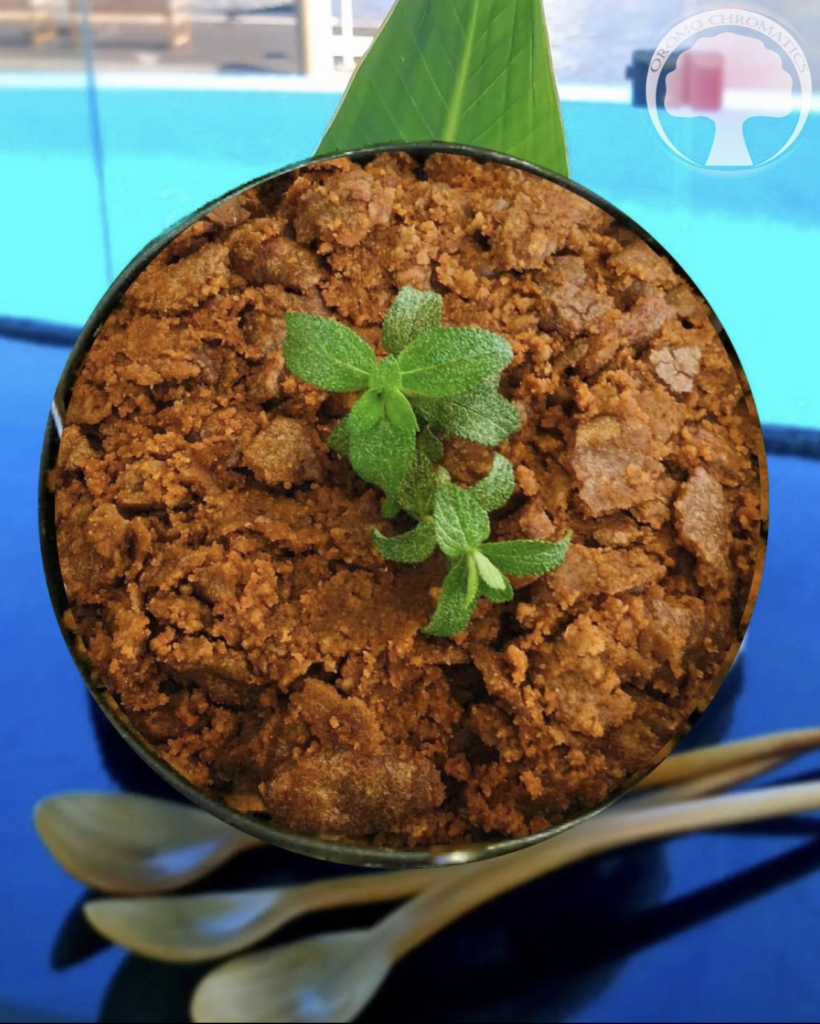By: VisitOROMIA
M
arqa, Subtle Flavors from the Highlands of OROMIA
Most Oromos live in the highlands of Oromia consisting of much of Wollega, Illubabor, Jimma, Shewa, Arsi, Bale, and Hararghe. The Oromos in these highlands practice a sedentary lifestyle growing cereals such as wheat, sorghum, corn, teff, and, of course, barley. Now, barley is by no means anything special as it is grown all over the world, but the relative resilience of the grain compared even to wheat and its unmatched flavor has made it a favorite of the Oromian highlands. Barley dishes also happen to pair very well with dairy which is another major product of these highlands. Granted, Oromia’s lowlands lead not just Ethiopia, but even Africa in terms of the number of cattle, its highlands are also powerhouses of dairy production. And all of this comes together in one simple dish that has conquered all of Oromia and beyond over the past several decades.
Marqaa has a few different names across Oromia, and the dish does vary a little bit in the way it is made and/or assembled. But the basics hold true everywhere. Marqaa is a porridge made from finely ground barley flour eaten with melted and clarified butter made the Oromo way.
Let’s start with the porridge. Barley is first ground and depending on the area, some other ingredients are added but are never allowed to over-whelm the barley-ness of the flour. Water is added to Okkotee (a narrow-necked pot made out of clay) and boiled. The Okkotee rests on three separate Sunsumaa (stands made out of clay) between which is the fire – a sort of open-air oven on its own. Once the water has boiled, the barley flour is added to it. It is first battered and once it is thick enough, mashed. This mashing is what gives Marqaa its distinctive smooth and soft texture. The porridge is mashed while on the fire at first and once it has re- ally thickened, it is taken off the fire and mashed again. It is then returned to the top of the three Sunsumaa and cooked a bit before it is taken off and mashed again. This can go on for hours depending on the amount of Marqaa being made. Regardless, the Marqaa is only done once it has attained the distinctive texture it is known for.
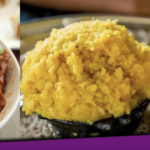
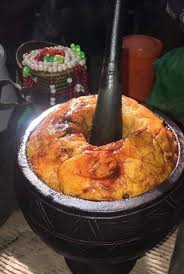
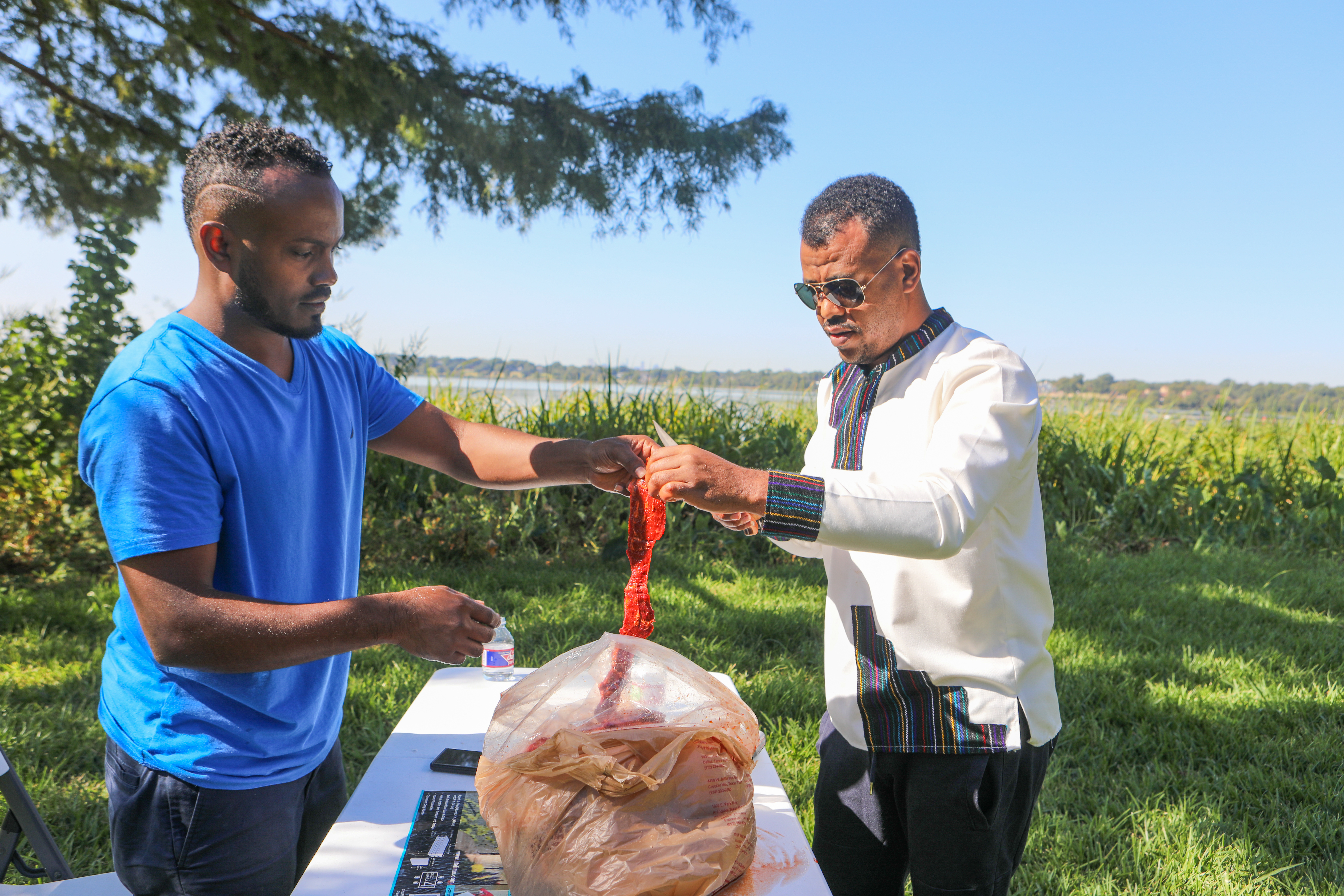
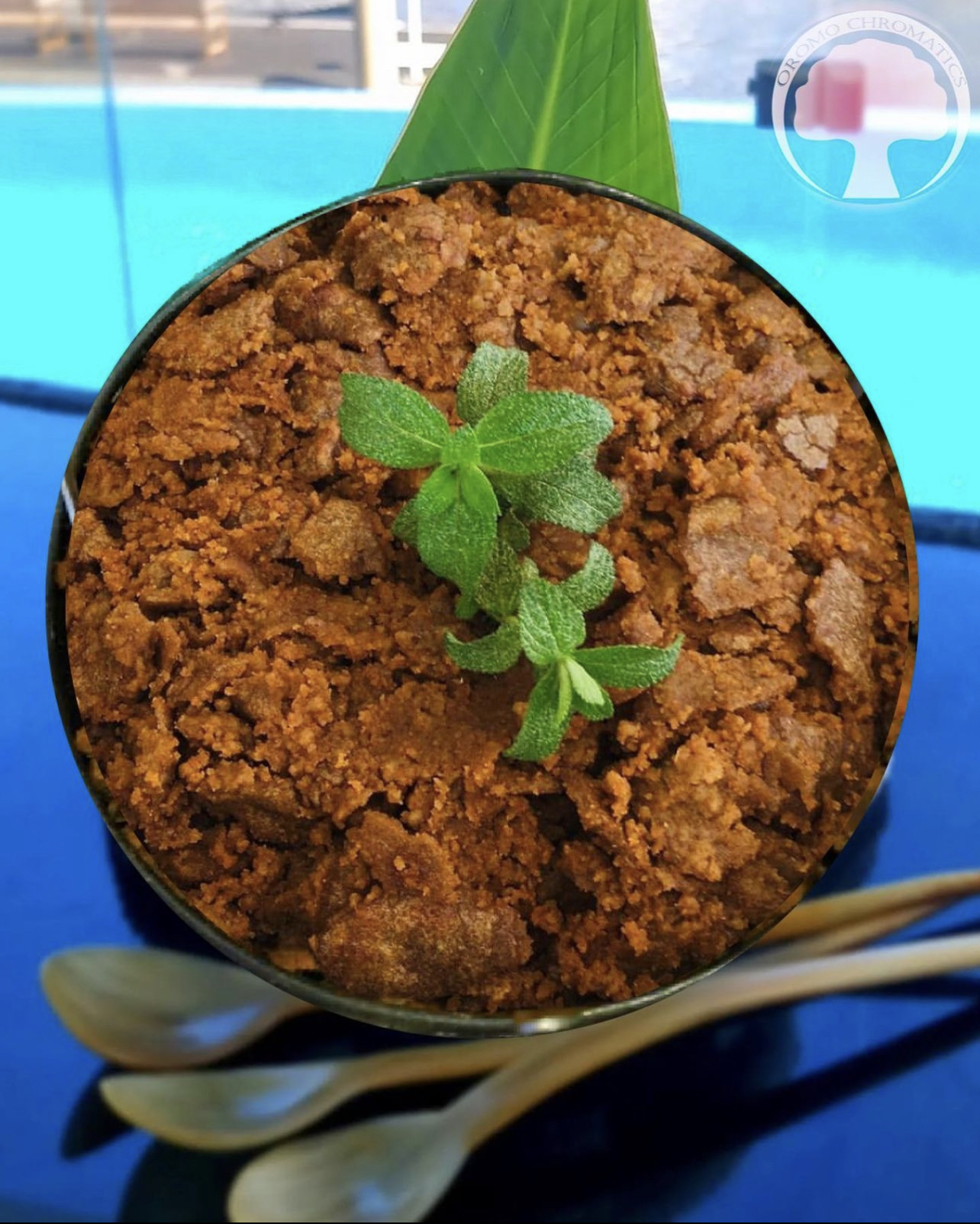
CACCABSAA, the breakfast of Champions!
The appropriately named Caccabsaa, which literally means “broken up
The making of Caccabsa:
Oromia, a region renowned for its high production of cereal crops, boasts a broad array of cereal based delicacies. However, there is one cereal dish that has emerged as the undisputed champion of breakfast meals, and that dish is Caccabsaa. When you break it down it really is no surprise that this traditional dish has earned the right to hold a title of such high acclaim.
As it is rather simple to make, Caccabsaa has for a long time been the go-to breakfast meal for most households in the Oromia region. But recent years have seen Caccabsaa expand far beyond the borders of its birthplace. It is a meal that has swept across cities and taken the breakfast culture by storm. Having become the breakfast choice for many, it is now ordered and served in practically all cafes and restaurants in the country. What has made it so popular? You might wonder. What is it that distinguishes Caccabsaa as more remarkable than other cereal-based dishes? Let’s see if we can discover its secret in the ingredients.
The appropriately named Caccabsaa, which literally means “broken up”, is prepared by…you guessed it… breaking up thinly baked bread, mixing it with butter and spices, and kneading it gently together. The aim is to ensure that the spices permeate the bread while still allowing the bread to maintain its texture. While the subtle arts involved in making Caccabsaa differ with every household and establishment, its broader aspects are very much the same. The first step is baking a thin bread from unleavened barley, wheat, or teff flour. Based on preference, the dough can be as runny or as solid as desired. The bread should be baked until it is crunchy but not completely dry; the goal is to arrive at a crispy and chewy texture. The bread is then broken up into small pieces and placed in a colorful, traditional food container called Qorii, which is carved from wood and strengthened with leather. At this point, a spiced clarified butter is poured over the bread and worked gently into it. The butter is clarified using a variety of spices; traditionally it was done with kase, but recent years have seen ginger, garlic, and korarima added to the mix as well. After all of this, it is common to also add a generous amount of berbere, which is an Ethiopian hot spice blend. Then, either yogurt, a cottage cheese known as baadu, honey, or all three, are poured over or served on the side of the Caccabsaa. Of all these options, the most traditional and popular method is to pour the honey on the Caccabsaa and serve it with a tall glass of yogurt to drink on the side. All of this combines to make Caccabsaa one of the most well-rounded breakfast meals and the number one choice for many.
